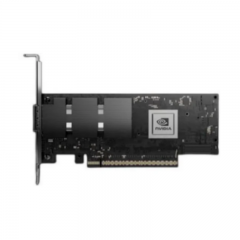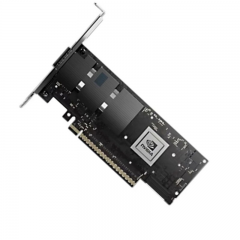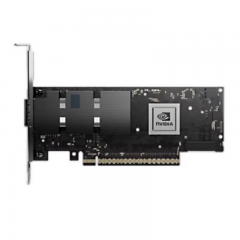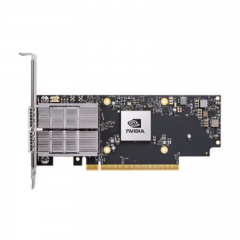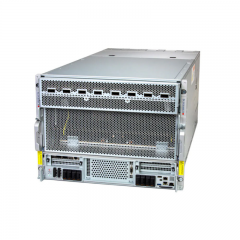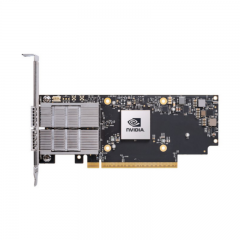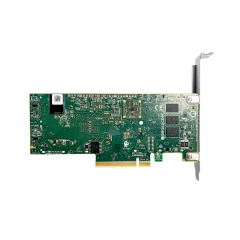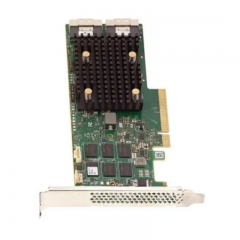Overview of optical communication/optical transmission systems
A new evolutionary stage has begun for optical communication networks to process explosively increasing traffic resulting from the spread of the Internet and associated high speed transmission of large capacity content. In data centers, reduction of enormous electrical power consumed by communication equipment and air conditioning is problematic for the future growth of the cloud computing, Internet of Things (IoT), and machine-to-machine (M2M). Optical transmission systems featuring low power dissipation and high-speed large capacity transmission are being introduced to overcome these problems.
Clearly, the performance of next generation optical communication/optical transmission devices will depend on various optical transmission equipment and the performance and quality of the optical components within such devices. As networks and systems expand, the scale of optical transmission devices will grow larger, and the number of installations will increase in parallel. Therefore, the importance of saving space and power through miniature and high-density packaging will grow more and more. At the same time, optical components are evolving into modularized and/or arrayed ones, and further into optical integrated circuit instead of merely miniaturizing conventional discrete optical components.
The configuration of a typical optical communication network is shown in Fig. 1. The backbone network is comprised of a core network that connects towns and cities, as well as an urban area sized metropolitan network. The subscriber accesses networks such as FTTH (Fiber to the Home) branch from the metropolitan network.
In an optical communication system, various advanced technologies such as digital coherence, DWDM (Dense Wavelength Division Multiplexing), and ROADM (Reconfigurable Optical Add-Drop Multiplexer) have been introduced to realize power-savings and to improve the economics of high-speed and large-capacity transmission networks.
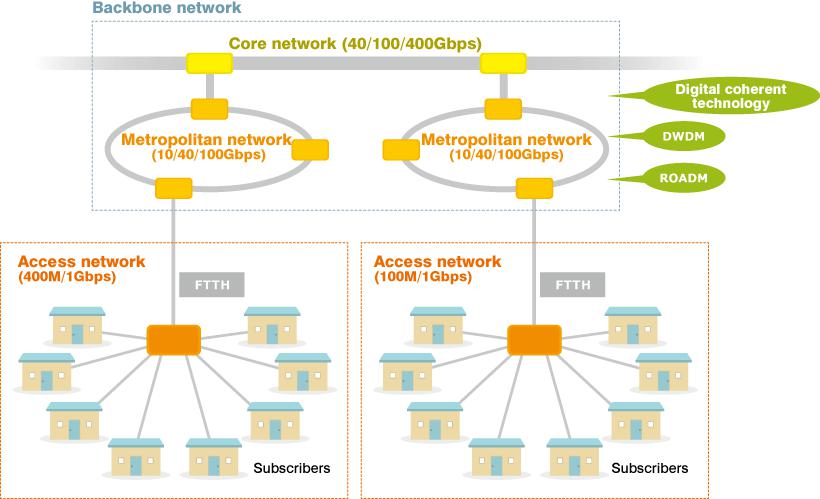
DWDM : Dense Wavelength Division Multiplexing ROADM : Reconfigurable Optical Add-Drop Multiplexer
Fig. 1 Configuration of Optical Communication Network
Key technologies that contributed to development of optical communication systems
Long distance communications using optical fibers has been feasible since the 1970s when low-loss optical fiber was invented following semiconductor lasers and photo-diodes; these three fundamental technologies enabled optical communications. The first generation of practical optical communication systems were developed in the 1980s, and the second generation appeared in the decades of the 1990s and 2000s. The third generation is now under way.
Key technologies resulted in advances of the optical communication system are as follows:
· PLC (Planar Lightwave Circuit)
A PLC is a device in which an integrated optical waveguide is fabricated onto a flat substrate using photolithographic processes similar to methods established by the LSI industry. The optical waveguides have similar transmission characteristics as optical fibers. Transmission in an optical fiber is based upon differences in the refractive index. In the1980s, the fundamental technologies were researched, and by the 1990s practical PLC devices such as an AWG (Arrayed Waveguide Grating) were developed.
· Optical Amplifier / EDFA (Erbium-doped Fiber Amplifier)
Though transmission losses in optical fibers are very low, since they cannot be avoided, relays need to be installed in long-distance transmissions. An optical amplifier is a device for boosting optical signal levels without the need to perform optical to electrical conversions. The optical amplifier uses a special optical fiber containing the element of erbium (Er), is referred to as an EDFA (Erbium-doped fiber amplifier). The EDFA is critical to realize long distance transmission such as the transoceanic optical cables.
· WDM (Wavelength Division Multiplexing) Technology
WDM is a technology that combines signals of multiple wavelengths onto a single optical fiber for long distance transmission. DWDM (Dense WDM: Dense Wavelength Division Multiplexing) technology further improves upon WDM technology by allowing an extremely large numbers of wavelength (and therefore an extremely large amount of data) to be transmitted by a single optical fiber.
· AWG (Arrayed Waveguide Grating)
A signal multiplexed by WDM/DWDM technology has to be separated (branched) into individual channels having the original plurality of wavelengths at the receiving side of an optical terminal. The AWG is an optical device that plays a role as an optical multiplexer/demultiplexer. The AWG was developed on PLC technology platform in 1990s.
· ROADM (Reconfigurable Optical Add-Drop Multiplexer)
A ROADM is a device that instantly and flexibly creates optical paths for optical signals of certain wavelength in an optical fiber communication network by software. With ROADM, flexible and efficient network operation that enables high-speed transmission of large-capacity data is feasible by controlling the drop, add, and through conditions of optical paths remotely to form virtual detours and new networks.
· OXC (Optical Cross Connect)
OXC is a network connection technology evolved from ROADM. By employing large-scale optical switches, OXC devices used for branch or other sections in mesh core networks can cross-connect large-capacity signals without converting them.
· Digital Coherent Optical Transmission technology
Digital Coherent Optical Transmission is a technology which allows highly reliable long-distance transmission of extremely large data capacity within a single optical fiber. It is achieved by introducing advanced digital signal processing (DSP) technology into the optical communication scheme. It is one of the key technologies for realizing near-future optical communication networks.
WSS (Wavelength Selective Switch)
A WSS is an optical device that switches and sorts a wavelength multiplexed optical signals. It allows network operators to direct discrete wavelengths to specific output ports on the order of milliseconds. Key components of the WSS are optical multiplexer/demultiplexer, an MEMS mirror, input/output fibers, etc. It is an advanced technology commonly used for sophisticated ROADM systems.
Through various technical innovations, FTTH has also become widely deployed since initial deployments began shortly after the Year 2000. In parallel, an optical communication network has evolved that serves as the infrastructure that supports the ICT society. Fig. 2 shows the transition of optical communication technology correlated the expansion of transmission capacity.
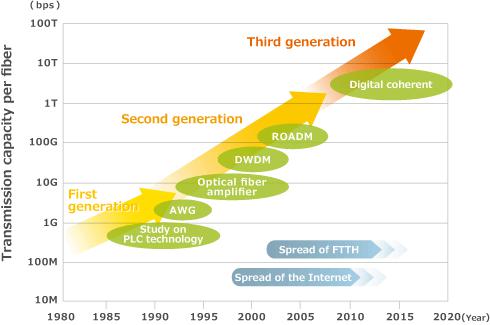
Various Optical Components and Devices Supporting Optical Communication/Optical Transmission Systems
As the optical communication network expands beyond the core and metropolitan networks and the optical transmission systems in data centers evolve with the growth of the cloud computing, the performance, quality, and reliability of optical components and devices used for interconnection, branching, and amplification have become extremely important. Such interconnection, branching, and amplification components and devices have become as critical to network operation as the fundamental elements (namely the semiconductor laser, the photo diode, and the optical fiber) are.
The primary optical components and devices that support the optical communication/optical transmission system are as follows:|
Table 1: Primary optical components and optical passive components used for optical communication system |
|
|
|
|
|
Optical connector |
When connecting optical fibers to each other, minute core sections through which the light passes are butted together. An optical connector is an optical component mounted onto the end of an optical fiber to facilitate the alignment and connection between fibers. |
|
Optical splitter |
An optical splitter is an optical component for branching a single optical fiber into multiple optical fibers. In FTTH, 1x32 splitter, 1x8 splitter, and 1x4 splitter are commonly used. |
|
Optical isolator |
When light is reflected on the interface of the connected sections of an optical communication system, back reflected light may occur resulting in false operation and line noise. An optical isolator allows only one-way passage of light to prevent back reflections. |
|
Optical switch |
An optical switch is component for switching the path of an optical signal. Switching may be realized mechanically, by electro-optical effect, or thermo-optic effect. |
|
Optical Multiplexer / Demultiplexer |
An optical multiplexer / demultiplexer combines optical signals of multiple wavelengths into a single optical fiber and demultiplexes (separates) the transmitted optical signal to single wavelengths onto individual fibers. optical multiplexer / demultiplexer is a critical component in optical WDM (wavelength multiplexed)/DWDM (high density WDM) systems. |
|
Optical integrated circuit |
An optical integrated circuit is a device into which multiple components such as semiconductor lasers and optical switches are integrated on a substrate. LSI manufacturing technologies such as CVD and photolithography are utilized to fabricate such devices. |
|
Optical fiber array |
An optical fiber array is a device for precisely arranging multiple optical fibers and connecting them to the optical waveguides of an optical splitter and so on. To minimize transmission loss, extremely advanced high-precision processing technology and assembly technology are required. |
|
Optical modulator |
An optical modulator is a device that converts an electric signal to an optical signal. Some optical modulators make use of an electro-optic effect of EO polymers or ferroelectric materials such as LN (Lithium Niobate). |
|
Tap-PD module |
Tap-PD module is an optical power monitor that measures the intensity of the optical signals using photo detectors (PD), after tapping some input signals transmitted via optical fibers. There is a growing need for arrayed miniature Tap-PD modules. |
About us
We "TopStar",are one of the leading manufactures of Fiber Optical transsceivers.
TopStar proudly own 3,000 Square Meters complete Dust-Free workshop and together with 30 dedicated engineering experts in combined with full range of test equipments,we stand to be the ability to supply almost full series of High Quality products.Including:1*9,SFF,GBIC/X2,XENPANK/SFP,SFP+/EPON/GPON/XGPON/BIDI,CEDM/DWDM/CSFP/40G QSFP+/100G CFP,etc.
Topstar Technology Industrial Co., Ltd
Add: F5, Rongcheng Building, 28 Yayuan Road Wuhe Community, BanTian Street, Shenzhen, China
Contact us
Tel: +86 755 8255 2969
Email:lisa@topsfp.com
Skype: lisalin6565
Whatsapp: +86 13798265065
Wechat: 251081707
Facebook and Linked in: Topstar Technology Industrial Co., Ltd
 +86 19860146913
+86 19860146913 dsale@topsfp.com
dsale@topsfp.com English
English русский
русский español
español العربية
العربية 中文
中文







